- Call Today for a Free Consultation
- 866-934-8228
Sober Living at Peninsula Health Center
Sober living homes (sometimes called halfway houses or transitional housing) are a supportive steppingstone between an addiction treatment program and the post-treatment environment of returning home with family and community. Many primary drug and alcohol treatment programs encourage patients new to sobriety to spend time in a sober living home before returning home.
Many who are new to the emotions and challenges of recovery will find that they experience difficulties during the adjustment period immediately after treatment. Time in a sober living home offers a safe and supportive step in between treatment and home. Time at a sober living home allows you to practice and reinforce the skills and tools you learned during your drug or alcohol rehab program. For many, the time spent at a sober living home can be a crucial deciding factor between maintaining their path of sobriety and relapsing back to substance use.
Therapy also helps you learn to evaluate and change negative thoughts and patterns of behavior. But what happens once treatment is complete?
Medication-Assisted Treatment
Expertly managed medication-assisted treatment options available to all clients.
Unique Therapies
We utilize the latest advancements to ensure all clients experience personalized care.
Outpatient Options
We offer day and night intensive outpatient options so you don't have to worry about missing out.
Meet the Team
At Peninsula Health Center, we've established a world-class team of expert, caring treatment providers.
Our Program Defined
We offer integrative wellness solutions from addiction to mental health to overall health & wellness.
Tour Our Facility
Our convenient location makes its easy to access top-notch addiction medicine in Southern California.
Understanding Your Options
What is a Sober Living Environment?
Sober living homes are facilities often used as part of an aftercare program. Relapse triggers and stressors can feel like they are everywhere when you are new to sobriety. A sober living home and the supportive peer relationships formed at a sober living home help bridge what can be a challenging transition from the structured nature of a primary addiction treatment program to living within your community or at home. A sober living home can provide essential structure and guidance to help reduce the risk of trigger exposure and relapse while helping you regain independence from substances.
Sober living homes are designed to help you learn how to balance sobriety and return to your day-to-day obligations outside of a structured treatment program. It is important to find a program that offers a way to remain accountable while still empowering you to move forward in your sobriety and learn how to manage triggers and stressors without turning to drugs and alcohol.

What Role Does Sober Living Play in the Recovery Process?
During a primary addiction treatment program, patients are immersed in their rehab programs and surrounded by support and constant (or very frequent) support and care. Once outside of the treatment setting, this is not usually the case. Residents in a sober living home are not bound by confinement within the home; therefore, they can come and go as they please.
For some, this is a blessing, but for others, it can increase the challenges of maintaining their recovery. A sober living home’s goal is to allow recovering addicts to feel like they are easing back into their “normal life” while slowly resuming their daily tasks and obligations. It is important to remember that sober living homes are less restrictive than inpatient or partial hospitalization care settings; however, there are still rules that they must follow.
Some of the most common include curfews and required attendance at scheduled peer support meetings. Some sober living homes also require random and mandatory alcohol and drug testing. This is necessary to help ensure those living in the sober home have not relapsed or are not exposing others in recovery to drugs or alcohol.
While staying in a sober living home, you can attend 12-step meetings such as Alcoholics Anonymous (AA) or Narcotics Anonymous (NA). You also have the opportunity to create structure and accountability and develop relationships with a group of like-minded peers also working on their sobriety and recovery. A significant positive to staying in a sober living home is forging friendships with sober peers who will help reinforce your desire to remain sober.
Unfortunately, when many complete a South Bay addiction treatment program and return to their usual routine, they become isolated. Some may feel like it is necessary to maintain a distance from family and friends to limit the opportunity for exposure to potential relapse triggers. Sober living homes offer a support system that can help you avoid the isolation that comes with going directly from addiction treatment back home and provides an environment of increased support and structure during the early (and often fragile) stages of recovery.
Partial Hospitalization
Explore how our PHP program in the South Bay can help you recover from substance abuse.
Intensive Outpatient
Discover how our Intensive Outpatient program can change your life or the better.
Outpatient Program
We offer an outpatient program that is based on your needs, regardless of your background.
Medication Assisted Treatment
Learn more about Medication-Assisted Treatment at Peninsula Health Center.
Aftercare
Find out more about Peninsula Health Center's aftercare planning services and how we set clients up for success.
Tour Facility
Explore our modern and centrally located outpatient treatment center in Rolling Hills Estates.

The Peninsula Health Center Difference
What to Look for in a Sober Living Home in South Bay
Not all sober living homes are created equally. Therefore, it is crucial to consider your options and know what to look for in a South Bay sober living home to ensure you find a safe, reputable location that meets your needs. Here are a few things you should consider.
Before choosing a location, visit the area and make sure you feel comfortable. Your sober living experience will be the most effective if you feel safe and secure. It is also important to consider what else is in the area and if that is effective for your needs. Some people prefer a quiet and serene location that reduces triggers. Others prefer a more centralized location. Also, you may want to consider a place that is close to your support systems, such as peer support meetings and ongoing therapy appointments.
Another consideration when choosing the best sober living home for you is to consider what, if any, additional amenities are offered as part of the sober living program. Consider what extra benefits and services you might find helpful as a part of your recovery. For example, some sober living homes offer education, employment assistance, exercise programs, help with resume writing, and more. Think about the things that you would need to feel comfortable while living in your new space.
You want to find a sober living program that allows you to remain as long as you want or need, provided, of course, you follow their rules. In fact, some sober living homes require a specific time commitment because they want to make sure that you are adequately prepared to transition back to your home environment when you leave. It is impossible to predict how long you might need or want to stay in a sober living home, so choosing one without a maximum stay cap makes sense.
The best South Bay sober living homes promote recovery and require a certain level of accountability for their residents. Accountability is accomplished through established rules and expectations. Because a requirement for staying in a sober living home is sobriety, most residents must take random drug and alcohol tests (as noted above). This process is designed to protect not only the resident but also the other household members.
Find Lasting Recovery
Get a free consultation right now. Fill out the form below to get a callback from our expert and caring admissions team. Whether you are a fit for our program or not, we will help you find the best treatment options that work for your personal needs.
The Benefits of Sober Living During Outpatient Treatment
Sober living homes are designed to help you learn how to balance sobriety and return to your day-to-day obligations outside of a structured treatment program. It is important to find a program that offers a way to remain accountable while still empowering you to move forward in your sobriety and learn how to manage triggers and stressors without turning to drugs and alcohol.

Your Health Insurance Can Pay for Treatment
Learn more about how Peninsula Health Center works with health insurance plans and how your insurance can help cover most of the costs associated with treatment.
Peninsula Health Center's Sober Living Homes are Your Best Option in Sourthern California
Our sober living home program at Peninsula Health Center’s Southern California rehab combines a peaceful, private setting with ongoing support and guidance from our skilled and compassionate treatment staff. Because our sober living home is connected to our treatment programs, you will likely work with many of the same providers and peers throughout each stage of your treatment journey, including your time at a sober living home. This is an important benefit to your recovery as it adds to a more significant opportunity for maintaining positive treatment outcomes.
If you would like to learn more about how sober living in South Bay can help you maintain sobriety and achieve lifelong recovery from drug or alcohol addiction, contact us today to learn more about Peninsula Health Center sober living homes and our comprehensive outpatient care options in Southern California.

